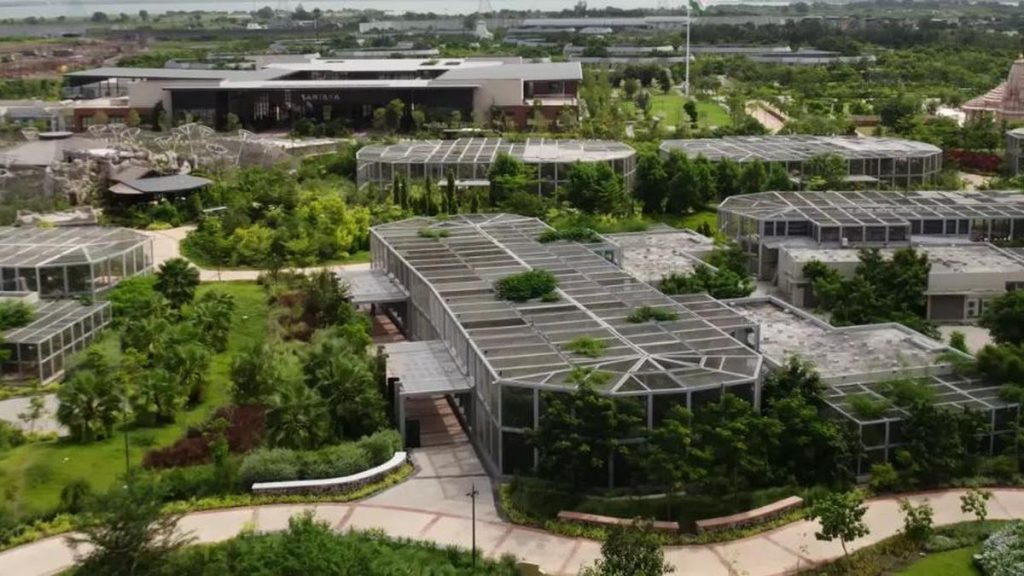Now Reading: Global Wildfires: Why Less Land Is Burning Despite Rising Disasters
-
01
Global Wildfires: Why Less Land Is Burning Despite Rising Disasters
Global Wildfires: Why Less Land Is Burning Despite Rising Disasters

Quick Summary
- Global Statistics: Between 2002 and 2021, an estimated 440 million people globally experienced wildfire exposure-an increase of 40% over two decades. Despite this,total global burned area declined by 26%.
- Regional Insights:
– Africa accounts for 85% of worldwide wildfire exposure, driven by agricultural expansion fragmenting wildland areas.
– North and South America have seen rising intense wildfires due to worsening fire weather, droughts, and human activity.
– Asia has increased wildfire exposure due to expanding populations and favorable fire-weather conditions.
– Europe and Oceania observed declining exposures as urban migration reduces rural risks.
- Wildfire Drivers: Fire risk is influenced by dry vegetation, ignition sources (e.g.,vehicles or power lines),human geographic shifts into wildland regions,and climate change creating extreme fire-pleasant conditions globally.
- Mitigation Recommendations: Vegetation management through prescribed burns, public education campaigns on fire prevention, engineering solutions near infrastructure (like roads or power lines), and enforcement of policies are critical measures as climate challenges worsen.
Indian Opinion Analysis
India’s vulnerability to intensifying wildfires needs careful attention in the context of global trends. Even tho the article does not specifically mention India’s wildfire profile directly, parallels can be drawn from Asia’s rising exposure due to population expansion in fire-prone zones-a scenario likely mirrored within India given extensive deforestation practices for agriculture or infrastructure projects.India’s unique geography-with its dry forested regions-and increasingly erratic climate behavior heighten potential risks.
The analysis underscores the importance for India to focus on preventative vegetation management strategies like controlled burns while investing in widespread public awareness programs regarding fire risks. Additionally, addressing India’s role in broader climate adaptation policies remains crucial given that unmanaged fires not only threaten biodiversity but also amplify greenhouse gas emissions-complicating environmental recovery further. As population density increases near ecologically sensitive zones within India’s expanding urban periphery across states like Maharashtra or Rajasthan, strategic efforts at both state-level policy frameworks alongside local community engagement are indispensable for mitigating underlying causes driving such disasters.
























